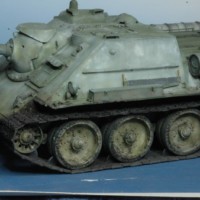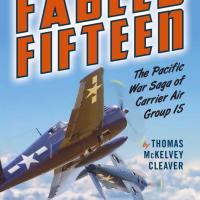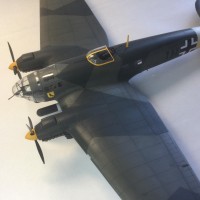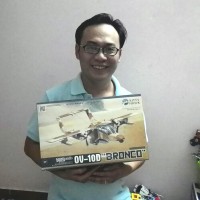Fokker D. VI, 1:32, Roden, Lt. Kurt Seit, Jasta 80, 5 victories
So I found a little more time to finish this kit before the end of the year, which was sitting unfinished in the closet for a long time due to very bad, unusable decals. I ended up using HGW decals and my home made. Completely redesigned cockpit. In the production, the remnants of metal frames from photoetchings and aluminum tubes were used for the frame. (it's still not very visible)
I ended up doing the coloring according to the J. Herris publication, because the coloring with the black tail surfaces and engine cover is what the vast majority of modellers build.
Kurt Seit was born on July 30, 1894. When the First World War began, he was serving in the German ground forces. On November 3, 1914, he was awarded the Iron Cross, second class. He transferred to flying service with Flieger-Abteilung 199. He then went on fighter training, which saw him sent to Jagdstaffel 80 on 4 June 1918.
Shot down by an Airco DH.9 bomber of No. 99 Squadron RAF on 22 July 1918. Four days later he was awarded the Iron Cross 1st Class. Each of the next four months would shoot down an enemy aircraft and bag two more DH.9s, an observation balloon and a Breguet XIV.
Although the dates are unknown, Seitz was wounded four times, entitling him to the Silver Wound Badge.
The Fokker D.VI was a German fighter aircraft produced in limited numbers at the end of World War I. The D.VI served in the German and Austro-Hungarian air services.
Fokker submitted both prototypes for fighter trials at Adlershof in late January 1918. At that time, Fokker redesigned the first prototype with the 108 kW (145 hp) Oberursel Ur.III. Pilots found the V.13s to be maneuverable and easy to fly. Idflieg issued the production contract after the V.13s were ultimately judged to be the best rotary-powered entries in the competition.
The new aircraft, designated D.VI, passed the official Typenprüfung on March 15, 1918. The production aircraft used the Oberursel Ur.II, which was the only readily available German rotary engine. Idflieg approved low level production until the more powerful Goebel Goe.III was available. Deliveries began in April and ended in August after only 59 aircraft were completed. Seven aircraft were delivered to the Austro-Hungarian Air Service (Luftfahrtruppen).
In service, the D.VI was hampered by the low performance of the Oberursel Ur.II. In addition, the lack of castor oil and the poor quality of "Voltol", a substitute lubricant, significantly reduced the life and reliability of the engine. The D.VI remained in frontline service until September 1918, serving in training and home defense units until the Armistice.















Wonderful result as always, Milan! Great facts for both Kurt Seit and the D.VI.
Wishing you a happy, prosperous 2025!
Thank you Friend and I wish you a successful entry into the New Year 2025.
This is one of the nicest results with this kit I have seen.
Thank you my friend and I wish you a successful entry into the New Year 2025.
An absolute beautiful result, Milan @milantesar
Great choice of scheme.
Thank you my friend and I wish you a successful entry into the New Year 2025.
A great looking model Milan, with the usual excellent narrative. Well done.
Thank you my friend and I wish you a successful entry into the New Year 2025.
Another beauty, Milan. Well done!
Happy 2025
Thank you my friend and I wish you a successful entry into the new year 2025.
Excellent build and interesting info on the pilot and aircraft.
Thank you and I wish you a successful entry into the new year 2025.
This is an awesome looking build! Excellent work.👍
Thank you and I wish you a successful entry into the new year 2025.
Really nice, Milan. I have this kit to build and seeing yours come to fruition has pushed my kit up the list by a few notches. I like the lozenges, the blue/white tail and the cowling 'face'... well done ;-).
Thank you and I wish you a successful entry into the new year 2025.
Beautiful job on a Rodan kit Milan. They can definitely be challenging kits on a good day. You're skills truly show through on this terrific build.
Thank you my friend and I wish you a successful entry into the new year 2025.